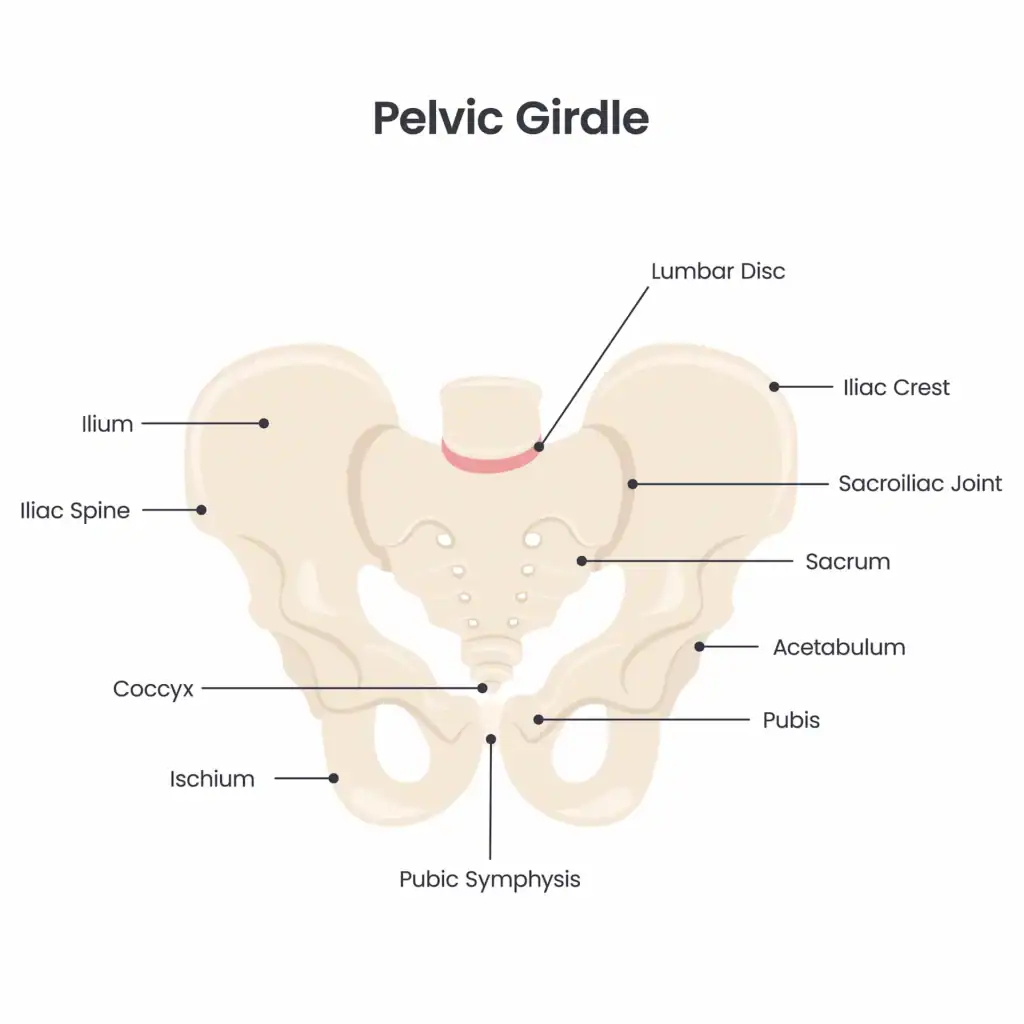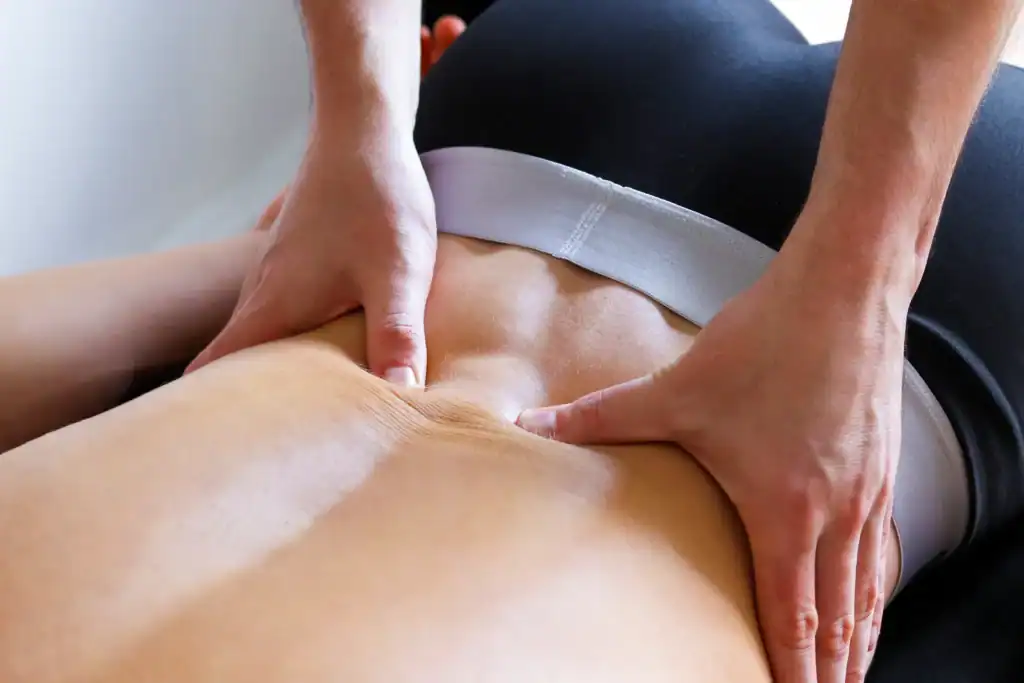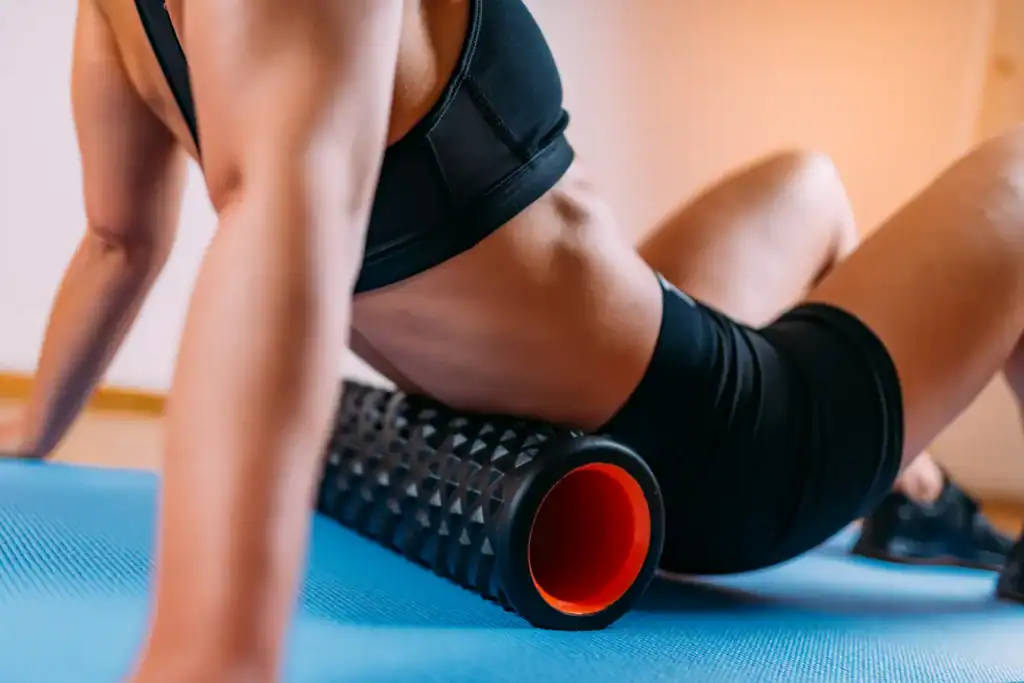Ever stood up from the couch and felt that sharp pain where your lower back meets your hip? Or maybe there’s a deep ache in your buttock that makes sitting through dinner uncomfortable and getting in and out of your car a careful operation. That pain might be coming from your sacroiliac joint (or SI joint for short)—and you’re definitely not alone. I see this exact problem in my practice every single day.
I remember Sarah, a mom of two little ones, who came to me almost in tears. During our first session, she told me that she just wanted to be able to pick up her toddler without feeling like her back was breaking. Pregnancy had thrown her pelvis out of whack, and even simple movements had become almost impossible. Six sessions later? She was lifting her kids pain-free and back to her favorite weekend hikes.
SI joint pain hits all kinds of people—office workers at desks all day, athletes pushing their limits, new moms whose bodies have changed, and retirees dealing with wear and tear. The good news? Hands-on bodywork can make a huge difference—without drugs, injections, or surgery.

Your sacroiliac joints are where your tailbone (sacrum) connects to the large wing-shaped bones of your pelvis. These joints are tough—they transfer weight between your upper body and legs every time you move.
Unlike your knees or shoulders, your SI joints are built for stability, not mobility. That limited movement makes them prone to two common issues:
Both can cause the same nagging pain in your lower back or hip.
There’s usually more than one reason your SI joint acts up. Some common culprits include:
James, an IT professional in his 40s, came in with pain that made it hard to sit through meetings. “I thought I just needed to stretch more,” he said. Years of sitting had thrown his pelvis out of balance. With targeted bodywork, his chronic pain turned into manageable stiffness—and eventually disappeared.
Years of sitting had thrown James’s pelvis out of balance. An IT professional in his 40s, he came in with pain that made meetings unbearable. “I thought I just needed to stretch more,” he said. With targeted bodywork, his chronic pain became manageable—and eventually disappeared.
Wondering if your pain is coming from your SI joint? Here are the telltale signs:

Bodywork therapy doesn’t just feel good—it addresses the underlying dysfunction causing your pain. Whether your SI joint is too tight or too loose, our hands-on techniques restore balance, stability, and relief.
Before we begin treatment, we assess how your SI joint is behaving—because stiffness and instability require very different approaches. From there, we use targeted, effective bodywork to help your body find its natural alignment again.
When your SI joint is irritated, the fascia—connective tissue that wraps around your muscles and bones—can tighten and pull everything out of alignment. Myofascial release helps free those restricted areas and gives your joint space to move normally again.
During these sessions, we often focus on:
Melanie, a yoga teacher who’d pushed too far into extreme poses, told me after her third session, “It felt like someone finally untied the knot that had been pulling everything out of place.”
Those tight, painful knots in your muscles? We call them trigger points. They can show up around the SI joint—and not only make the pain worse, but also throw your movement patterns off.
We commonly find trigger points in:
With precise pressure, we release those trigger points and help your muscles reset—often bringing instant relief and better movement.
Some SI joints just need a little encouragement to move again. Others need help finding stability. That’s where gentle joint therapy comes in.
Depending on what your body needs, we might use:
Most people think of cupping as something athletes use on sore shoulders—but it’s also incredibly effective for relieving SI joint pain.
Cupping works by creating gentle suction that lifts and separates tight layers of tissue. This increases circulation, draws fresh blood to the area, and helps release deep tension that’s often difficult to reach with hands alone.
We typically place cups on:
A secret weapon in our approach? Glute cupping with applied heat. Leaving the cups on for 15–20 minutes while adding a heat source helps the tissue relax even more deeply, allowing for a more successful and lasting bodywork session.
When certain muscles are too tight, they pull your pelvis out of position and keep your SI joint under stress. Assisted stretching helps restore balance—without forcing anything.
We target areas like:
Unlike stretching on your own, these movements are guided and supported. You get the right angle, the right amount of pressure, and a stretch that actually reaches the places that need it.
Every case of SI joint pain is unique, which is why we never use a one-size-fits-all approach. Your bodywork plan is built around your body—based on what we find during your initial assessment.
Here’s what a typical plan might look like:
Some clients feel better after just 1–2 sessions. Others need more time—but nearly all experience real progress when we tailor treatment to what their body actually needs.

Healing doesn’t stop when you leave the treatment room. We give you practical tools to help reinforce what we’ve done in session, like:
These strategies help you feel in control of your recovery—and prevent the pain from coming back.
Vinnie, a 36-year-old runner, thought his racing days were over after developing severe SI joint pain. With a combination of myofascial release, trigger point therapy, and progressive stretching, he returned to running and completed a half-marathon six months later.
Elena, a 68-year-old grandmother, hadn’t picked up her grandkids in years due to deep pelvic pain. After eight weeks of bodywork focused on her piriformis and lower back, she was lifting, playing, and smiling again.
These stories aren’t rare. With the right approach, your body can heal—often faster than you think.

Living with SI joint pain doesn’t have to be your normal. With expert, personalized bodywork, you can feel better, move easier, and get back to the activities you love—without the ache holding you back.
Whether you’re newly in pain or have been struggling for years, now’s the time to take that first step. Book your initial assessment today and let’s get you moving again.
Your body already knows how to heal. We’re just here to help it remember.
Not sure if it’s your SI joint? If your lower back pain is more centered near your spine, our specialized approach to treating L5-S1 dysfunction might be a better fit.